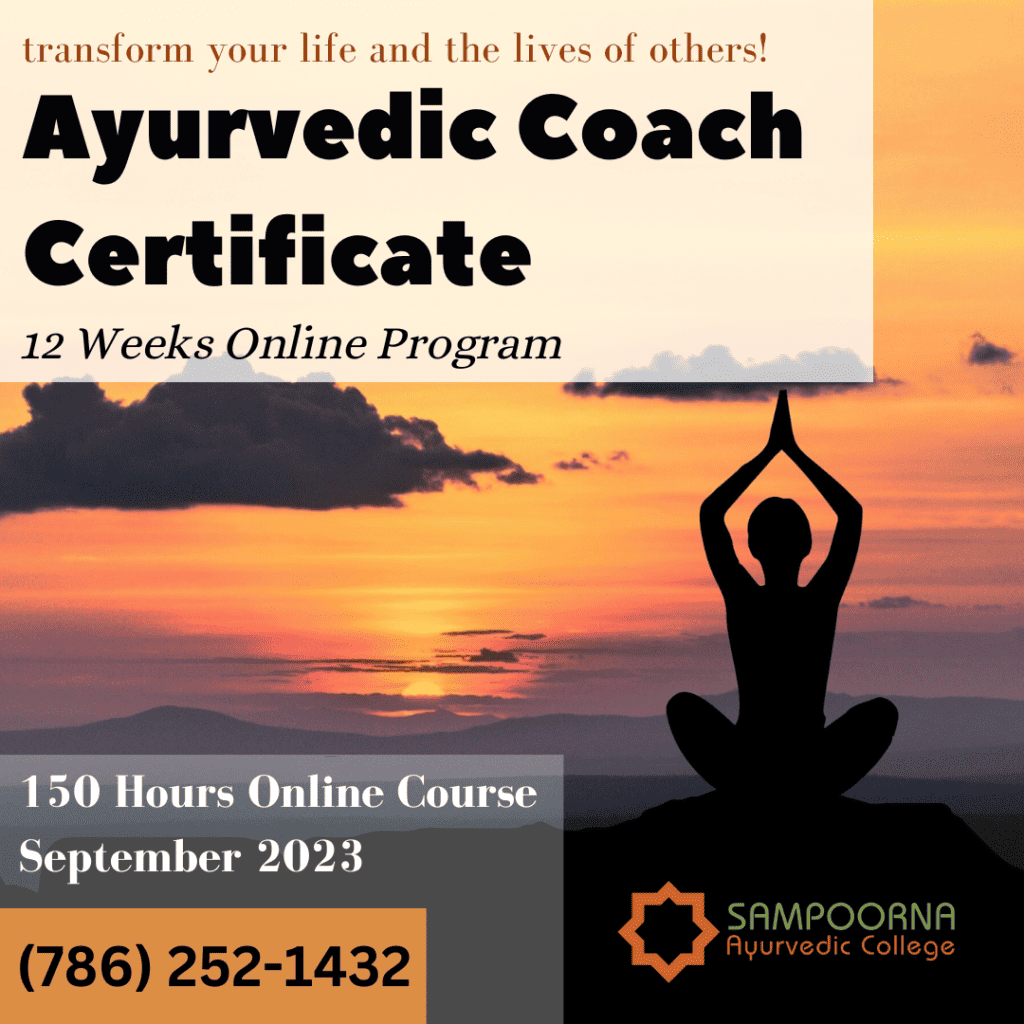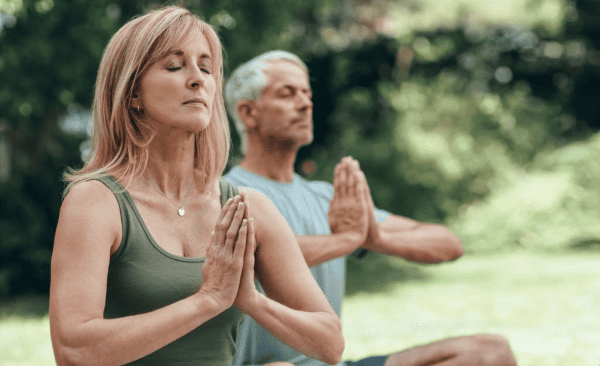Parkinson’s disease has been a longstanding challenge in neurology, requiring management strategies that address both physical symptoms and overall quality of life. The quest for such holistic approaches has led us to revisit ancient wisdom, such as Ayurveda, India’s traditional system of medicine.
This blog post explores how Ayurveda offers a unique perspective on Parkinson’s disease and provides comprehensive management techniques. From balancing the body’s energies or ‘doshas’ to incorporating specific herbs and dietary practices, Ayurveda emphasizes symptom control and overall well-being.
Whether you’re someone battling Parkinson’s or a caregiver seeking alternatives, exploring Ayurvedic strategies could open new avenues of hope and healing. Let’s delve into this centuries-old wisdom and its relevance to modern-day Parkinson’s management.
Ayurvedic Treatment for Parkinson’s and Management Strategies
The Ayurvedic management of Parkinson’s disease offers a holistic approach, addressing the individual’s physical symptoms and overall well-being. Here’s a breakdown of these strategies:

Ayurvedic Herbs for Parkinson’s
Certain Ayurvedic herbs are known to be beneficial in managing Parkinson’s symptoms and should be recommended by an Ayurvedic professional.
A few examples are: Ashwagandha (Withania somnifera) is renowned for its neuroprotective effects. It helps alleviate stress and improve motor function. Brahmi (Bacopa monnieri), another revered herb, is often used for its cognitive-enhancing properties. It improves memory and reduces anxiety, benefiting Parkinson’s patients. Yogaraj Guggul for its effect on the nervous system and spine.
Some herbal decoctions used in the treatment of Parkinson’s are Maharasnadi Kashayam, Dashmula Kashayam, Sahacharadi Kashayam, and Gandharvahastadi Kashayam.
Fermented medication is also suggested such as Dashmularistam, Balaaristam, and Ashwagarishtam.
Ayurvedic Diet
A well-balanced Ayurvedic diet can be a potent tool in managing Parkinson’s symptoms. Foods that balance Vata and eliminate Ama are encouraged.
This includes fresh fruits and vegetables, whole grains, nuts, seeds, and warm, cooked foods. Processed foods, which can lead to Ama accumulation, are generally avoided.
Check how ayurvedic breakfast can make a difference in your well-being.
Yoga and Meditation
Physical exercises like yoga and mental wellness practices like meditation are essential in Ayurvedic management. Yoga can help improve flexibility and reduce stiffness, while meditation can help cope with the stress and anxiety associated with Parkinson’s disease.

Power of Panchakarma: Ayurvedic Detoxification for Parkinson’s Disease
Panchakarma is a potent method to detoxify the body and manage Parkinson’s symptoms from an Ayurvedic perspective. However, proper Panchakarma should be performed in an Ayurvedic medical facility under medical care.
What is Panchakarma?
Panchakarma is a comprehensive Ayurvedic therapy that means “five actions.” This therapeutic process aims to detoxify the body, rejuvenate the physiological system, and strengthen immunity. It’s a holistic cleansing process that purifies the body, mind, and consciousness, helping restore balance and health.
Panchakarma for Parkinson’s
In Parkinson’s disease, Panchakarma can play a significant role in symptom management and overall wellness. The therapy can cleanse the body of Ama or toxicity and balance the doshas, especially the Vata dosha, which, when imbalanced, contributes to the symptoms of Parkinson’s.
Components of Panchakarma
Panchakarma comprises three stages of importance- Purva Karma (preparatory phase), Pradhana Karma (primary treatment), and Paschat Karma (post-treatment care). Depending on the individual’s constitution and condition, various procedures such as oil massages, medicinal enemas, and purgation therapies are utilized.
Importance of Professional Guidance
However, it’s important to note that Panchakarma should always be administered under the guidance of a skilled Ayurvedic professional in an Ayurvedic medical facility. The specific therapies, herbs, and diet will depend on the individual’s unique constitution and the nature and severity of the disease.
Understanding Parkinson’s Disease: A Western Medicine Perspective
Despite the advances in understanding Parkinson’s disease, there’s an increasing recognition of the need for more holistic approaches to address the disease’s complex and wide-ranging impacts on patients’ quality of life.
This is where Ayurveda comes into play, offering comprehensive strategies for managing the symptoms and enhancing overall well-being.
What is Parkinson’s Disease?
Parkinson’s disease is a neurodegenerative disorder that affects predominantly dopamine-producing neurons in a specific area of the brain called the substantia nigra.
This progressive disorder primarily impacts motor function, leading to symptoms such as tremors, stiffness, slowed movement (bradykinesia), and balance problems.
Causes and Risk Factors
The exact cause of Parkinson’s disease is unknown, but several factors appear to play a role. These include genetic mutations and environmental triggers, like exposure to certain toxins. Age is the most significant risk factor, with the disease typically developing in middle or late life.
Symptoms of Parkinson’s Disease
Symptoms often start gradually and get worse over time. As the disease progresses, individuals may have difficulty walking and talking, along with cognitive and behavioral changes, sleep problems, depression, and other health issues.
Current Treatment Modalities
Currently, there is no cure for Parkinson’s disease, but medications can significantly improve symptoms. Medications increase or substitute for dopamine, the specific brain chemical in short supply. In some later cases, surgery may be advised. However, these treatments focus on managing symptoms rather than slowing disease progression.

Parkinson’s Disease Through the Lens of Ayurveda
Ayurveda, the ancient Indian medical system, offers a unique approach to neurological disorders, including Parkinson’s disease.
It considers neurological disorders as ‘Vata Vyadhi’ – diseases caused by the imbalance of the Vata dosha, one of the three fundamental energies (doshas) that govern the function of our bodies.
Parkinson’s Disease in Ayurveda: A General Overview
In Ayurvedic terms, Parkinson’s disease is known as ‘Kampavata.’ According to Ayurvedic philosophy, Vata governs all movement in the body, including the flow of nerve impulses from the brain.
When Vata is pathologically increased, especially its mobility quality, it can lead to tremors, rigidity, and bradykinesia, reminiscent of Parkinson’s disease symptoms.
In the initial stages of the disease, Vata will accumulate in its site of existence such as the large intestine, pelvic area, thighs, ears, bones, etc. At this stage, feeble tremors may appear which may not be noticeable. When this vitiation further exceeds its location, it tends to spread to other areas in the body such as tissues and organs outside of Vata sites. Tremors here may be moderately noticed.
When Vata further gets aggravated and lodges in other weak areas of the body such as soft tissues and muscles, the disease is well established and symptoms will start to manifest in a feeble and unclear way. If Parkinson’s is not treated at this stage, Vata will continue to invade the tissues getting permanently lodged in them completing the pathogenesis process.
At this stage clear manifestations of the disease are seen, meaning it can be diagnosed. and symptoms such as tremors, discoloration, emaciation, constipation, loss of strength, stagnation of urine, feces, and sweat, splitting pain and weakness in body parts, colic, stiffness, and numbness are seen.
The next stage will bring about complications if the condition is not treated properly. The progression of the disease causes irreversible damage in the tissues expressing psycho-somatic symptoms like dementia, joint pain, gait and sleep disorder, delirium, depression, etc.
According to Ayurvedic references Kampavata or tremors can be secondary to a primary disease such as epilepsy, facial palsy, urinary stones, the specific type of gastritis, chest injury, sciatica, gout, and cholera, to mention a few.
The Role of Ama
In Ayurveda, the concept of ‘Ama’ (metabolic toxins) is also significant in the context of Parkinson’s disease.
Poor diet, unhealthy lifestyle choices, and impaired digestion can lead to the accumulation of Ama, which in turn can exacerbate Vata imbalance and contribute to disease progression.
Balancing Vata: A Key to Managing Parkinson’s
The Ayurvedic approach to managing Parkinson’s disease revolves around restoring the balance of Vata in the body and eliminating Ama.
This is achieved through various strategies, including Ayurvedic herbs, diet, Panchakarma (detoxification therapy), yoga, and meditation. The following sections will delve into these strategies in detail.
Conclusion
As we navigate the complex journey of managing Parkinson’s disease, turning to ancient wisdom like Ayurveda offers unique perspectives and strategies. From balancing the doshas and eliminating toxins to employing herbs, dietary changes, and therapeutic procedures like Panchakarma, Ayurveda provides a holistic approach.
Remember, while Ayurvedic practices hold the potential to enhance the quality of life, they should complement, not replace, traditional medical treatments. Always consult your healthcare provider and a knowledgeable Ayurvedic practitioner to tailor a regimen that best suits your needs.
The journey towards wellness with the wisdom of Ayurveda and unlock a life of balance and vitality.




